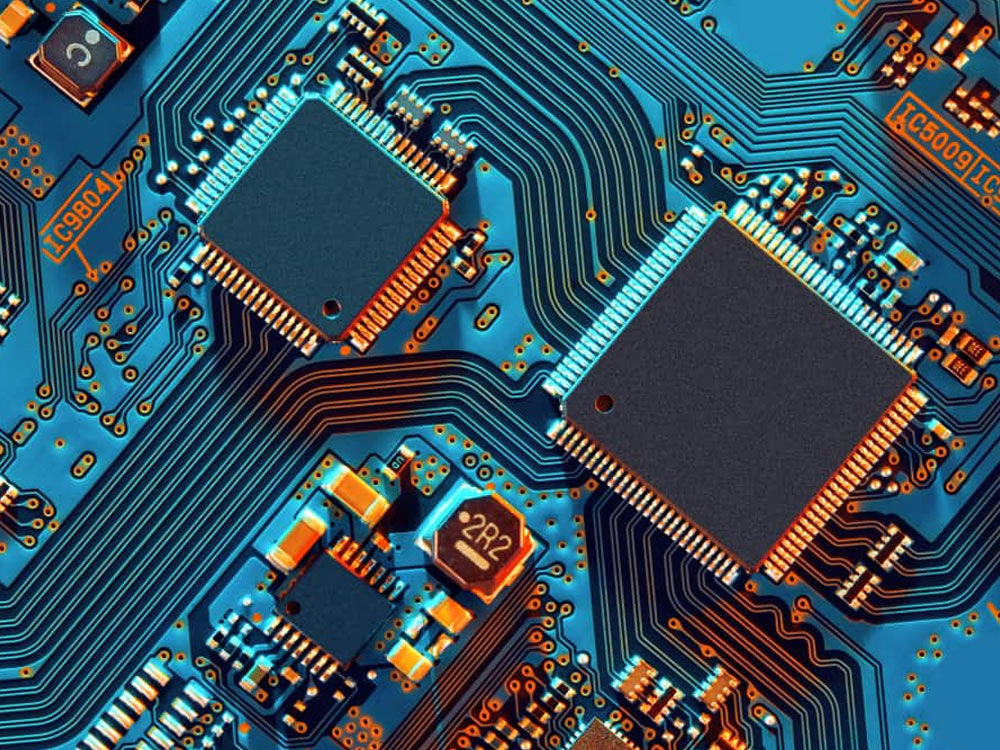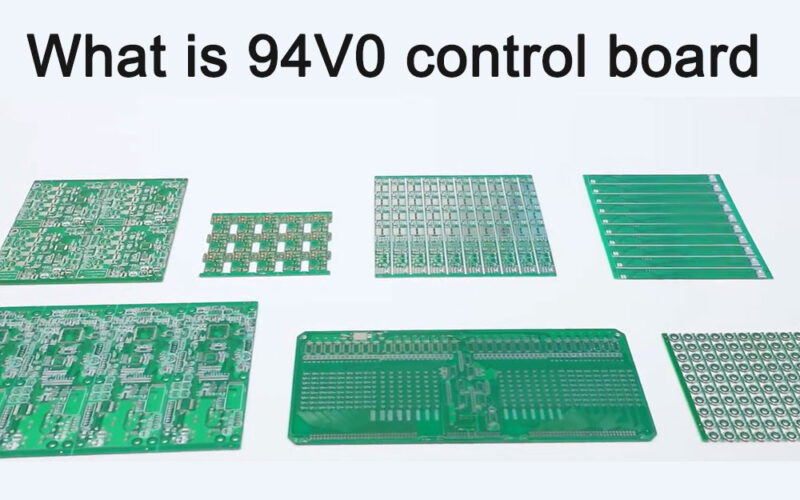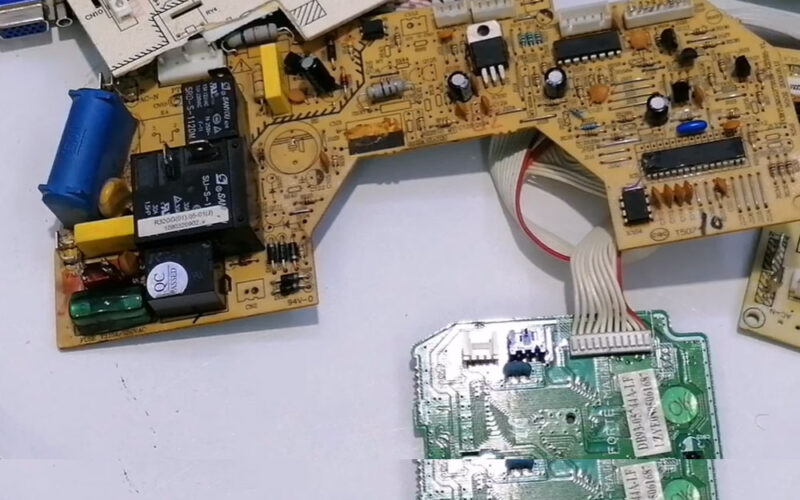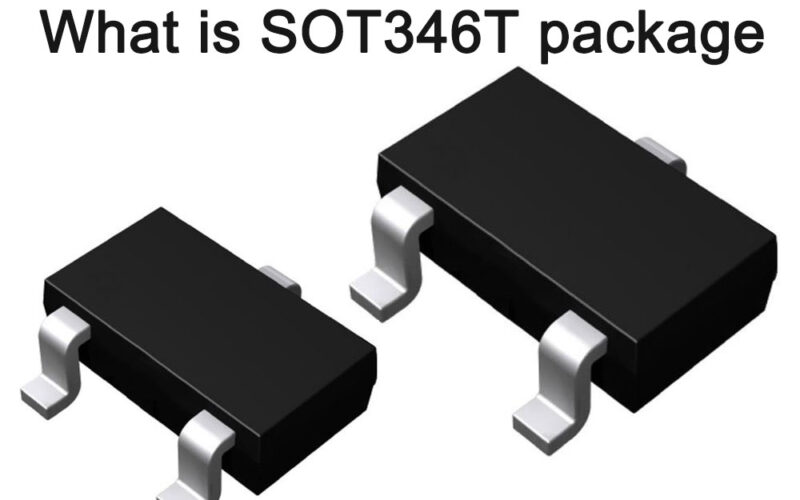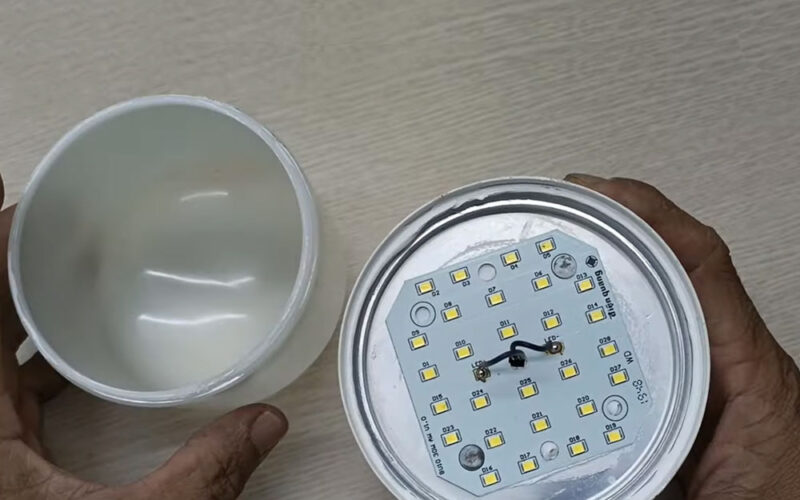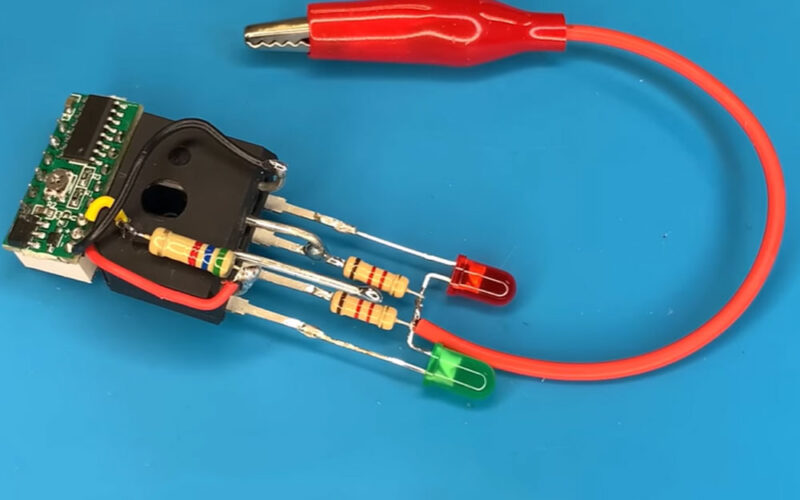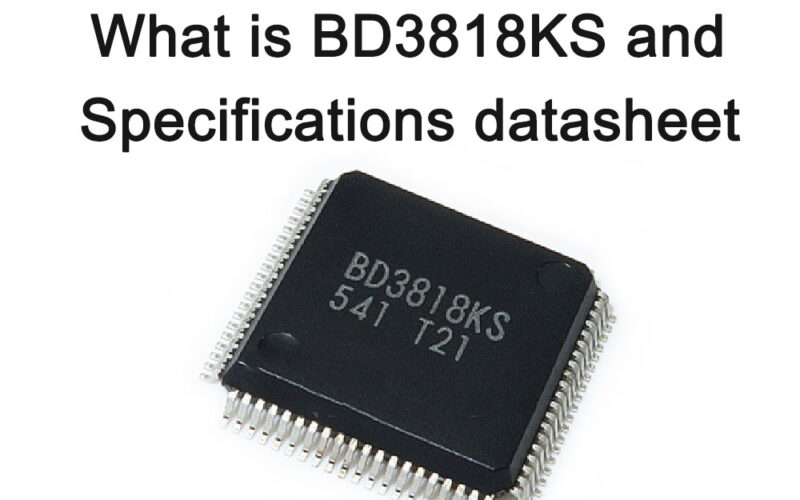
Research and analyze what is a radio frequency circuit
Radio frequency circuits are key components in wireless communication systems and are mainly responsible for transmitting and processing radio frequency signals.
Radio frequency signal is a high-frequency signal, whose frequency range usually ranges from tens of megahertz (MHz) to hundreds of gigahertz (GHz), or even higher.
The main function of the radio frequency circuit is to implement operations such as sending, receiving, amplifying, filtering, frequency conversion and modulation of radio frequency signals to support the normal operation of the wireless communication system.

In wireless communication systems, radio frequency circuits usually consist of two parts: a radio frequency transmitting circuit and a radio frequency receiving circuit.
The radio frequency transmitting circuit is responsible for converting the information signal into a radio frequency signal suitable for transmission and radiating it through the antenna; while the radio frequency receiving circuit is responsible for receiving the radio frequency signal received by the antenna and restoring it to the original information signal.
In order to achieve these functions, RF circuits usually need to contain various RF components and components, such as filters, amplifiers, mixers, oscillators, modulators, etc. These components and components cooperate and work together to process and transmit radio frequency signals.
In specific applications, the design and optimization of radio frequency circuits is a complex process that requires consideration of multiple factors, such as signal frequency, power, bandwidth, noise, distortion, etc. At the same time, the size, weight, cost, reliability and stability requirements of the RF circuit also need to be considered.
In general, radio frequency circuits are an important part of wireless communication systems, and their performance directly affects the performance and reliability of the entire system. Therefore, the research and analysis of radio frequency circuits is of great significance and application value.

Basic concepts of radio frequency circuits
Radio frequency circuit is an electronic circuit that processes radio frequency signals, and its operating frequency range is usually from tens of megahertz (MHz) to hundreds of gigahertz (GHz), or even higher. Radio frequency signal is a high-frequency signal mainly used for wireless communication and transmission. In wireless communication systems, the main function of radio frequency circuits is to convert information signals into radio frequency signals suitable for transmission, and to send and receive them.
The composition of radio frequency circuit
Radio frequency circuits usually consist of two parts: a radio frequency transmitting circuit and a radio frequency receiving circuit.
RF transmitting circuit
The radio frequency transmitting circuit is responsible for converting the original information signal into a radio frequency signal suitable for transmission and radiating it through the antenna. The circuit usually contains components such as modulators, upconverters, power amplifiers, etc.
The modulator is used to modulate the information signal onto the carrier wave, the upconverter is used to convert the intermediate frequency signal into a radio frequency signal, and the power amplifier is used to amplify the power of the radio frequency signal for radiation through the antenna.
RF receiving circuit

The radio frequency receiving circuit is responsible for receiving the radio frequency signal received by the antenna and restoring it to the original information signal. This circuit typically contains components such as an antenna, low-noise amplifier, downconverter, demodulator, etc.
The antenna is used to receive radio frequency signals, the low noise amplifier is used to amplify weak radio frequency signals, the downconverter is used to convert the radio frequency signal into an intermediate frequency signal, and the demodulator is used to restore the intermediate frequency signal to the original information signal.
Characteristics and applications of radio frequency circuits
Features
- High frequency: RF circuits process high-frequency signals, which have higher frequencies and shorter wavelengths.
- Broadband: With the development of communication technology, the signal bandwidth processed by radio frequency circuits is getting wider and wider.
- High gain: In order to achieve long-distance communication, high-energy signals need to be amplified and processed.
- High sensitivity: In order to receive weak signals, a receiver with high sensitivity is required.
- Integration: In order to reduce size and weight, many RF components are integrated on one chip.
Application
- Wireless communication: Wireless communication systems such as mobile phones, wireless local area networks (WLAN), and Bluetooth are all inseparable from the support of radio frequency circuits.
- Radar: Radar detects information such as the position and speed of targets by transmitting and receiving radio frequency signals.
- Satellite communications: Transmission and communication between ground stations and satellites in satellite communications systems require radio frequency signals.
- Radio navigation: Radio navigation systems determine information such as position and heading by transmitting and receiving radio frequency signals.
What is a radio frequency circuit used for
Radio frequency circuits are used in many fields, including wireless communications, radar, electronics, medical and life sciences, electronic games, aerospace, mobile communications, satellite communications, wireless broadcasting, radar, electronic radio frequency equipment, televisions, radio stations, microwave ovens, Medical imaging, drug research and development, biological detection, electronic game field, wireless microphone, wireless controller, near field communication, aerospace field, artificial satellite, space exploration, orbit control, satellite communication.
What are RF devices?
Radio frequency devices are the core of wireless connections and the basic components for signal transmission and reception, and have a wide range of applications. Specifically, RF devices include RF switches and LNAs, RF PAs, filters, antenna tuners and millimeter wave FEMs, etc. Among them, filters account for about 50% of the RF device market, RF PAs account for about 30%, RF switches and LNAs account for about 10%, and others account for about 10%. The difference between active RF devices and passive RF devices is that active RF devices use electrical power or electrical control signals to power the device and change its performance. In many cases, for amplifier and mixer biasing, active RF devices require direct power to function.
Advantages of RF circuits
The advantages of radio frequency circuits include fast transmission speed, strong anti-interference ability, wide application range, and high reliability.
What is the relationship between radio frequency circuits and circuits?
RF circuits are a special type of circuit used to process signals in the radio frequency band. The relationship between radio frequency circuits and ordinary circuits is that radio frequency circuits are a special form of circuits that process high-frequency signals, while ordinary circuits usually process low-frequency signals.
In radio frequency circuits, due to the high frequency of the signal, the size of the circuit and the length of the wire cannot be ignored relative to the wavelength of the signal. Therefore, the relevant theory of distributed parameters needs to be used to process the circuit. This means that in RF circuits, the propagation of a signal depends not only on the amplitude of the signal, but also on the phase and direction of the signal.
Compared with ordinary circuits, radio frequency circuits have some special properties and applications. For example, radio frequency circuits can be used in wireless communications, radar, satellite communications, measuring instruments and other fields, but the applications of ordinary circuits in these fields are limited. In addition, the design and production of RF circuits also require special technologies and tools, such as microstrip lines, strip lines, waveguides, etc.
In short, radio frequency circuit is a special form of circuit that processes high-frequency signals and has some special properties and applications. Although ordinary circuits are widely used in many fields, the application of radio frequency circuits is indispensable in fields that need to process high-frequency signals.
